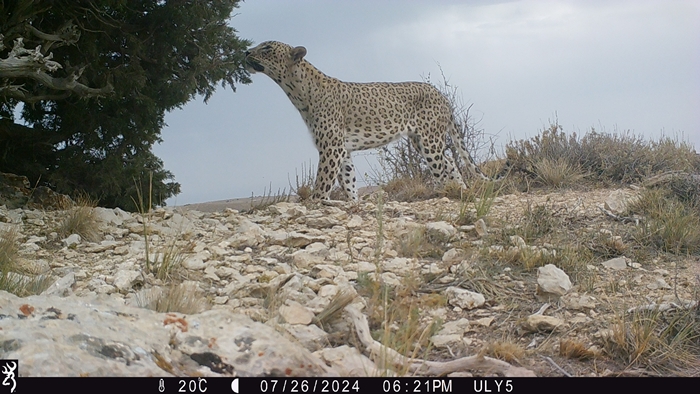Elena Dolgova
On April 12, 2024, during a Cabinet of Ministers meeting, Turkmenistan discussed the possibility of joining a trilateral environmental agreement with Kazakhstan and Uzbekistan. The goal is to protect migratory species of wildlife in Turkmenistan and neighboring regions, particularly the Ustyurt Plateau and the Turkmen Pre-Ustyurt region.
Following this discussion, preparations began for a Memorandum of Cooperation in wildlife protection. The memorandum was signed by the environmental agencies of the three states on the eve of Turkmenistan’s Independence Day. This strengthened international cooperation and bolstered the legal environmental framework of the Central Asian region.
The Ustyurt Plateau, where the three countries converge, is a critical habitat for diverse wildlife. The Turkmen Pre-Ustyurt region, a rocky lowland desert, is home to valuable species like gazelles, saigas, and mountain sheep, which have adapted to the harsh conditions.
Rustem Nuryev, Head of the Department for the Protection of Flora and Fauna at the Ministry of Environmental Protection of Turkmenistan, emphasized the significance of this interstate environmental collaboration.
Before delving into the recent trilateral cooperation, it’s essential to revisit a significant milestone: Turkmenistan’s signing of the Bonn Convention on the Conservation of Migratory Species of Wild Animals in 2020. According to this document, our country has assumed certain obligations with regard to transboundary habitats, ensuring protective measures on its territory and adjacent areas. It was the Bonn Convention that came up with a proposal to develop an interstate agreement in order to strengthen the coordination of joint measures. The UN Convention on Biodiversity will also be indirectly related to future activities, he said.
Prior to this, consultations among the countries focused on enabling migratory species to traverse their traditional routes. Practical measures were implemented to prevent ungulates from starving in the neutral zone, demonstrating a commitment to their well-being.
In recent years, environmentalists have observed the migration patterns of terrestrial animals, primarily mammals, and advocated for a trilateral agreement to protect these rare species. Scientific cooperation, research institute collaboration, and expanding protected areas are key components of this agreement. Creating new migration “corridors” on the Ustyurt Plateau and adjacent landscapes is a priority.
Following the signing of the Memorandum, joint scientific and practical research will commence.
Experts from the region convened in Ashgabat late last year to discuss cross-border cooperation on migratory species conservation. Representatives from five countries, including law enforcement agencies, explored solutions and proposed viable options for interstate dialogue.
This topic was also addressed at the recent Samarkand meeting on the Bonn Convention.
During the last century, when cheetahs roamed these lands, there were no borders or barriers to their movement. Animals migrated freely in search of better pastures and to escape harsh winter conditions.
In the past four to five years, environmentalists have observed a continued trend of large mammal migration, particularly leopards from the Big Balkhan mountain range to the Ustyurt Plateau in Kazakhstan. Camera traps in the protected area have captured two leopards, confirming their journey from the Balkhan range to the northern part of the Ustyurt Plateau. The agreement between Turkmenistan, Uzbekistan and Kazakhstan will contribute to addressing such issues and conserving wildlife. ///Neutral Turkmenistan newspaper, 23 October 2024
